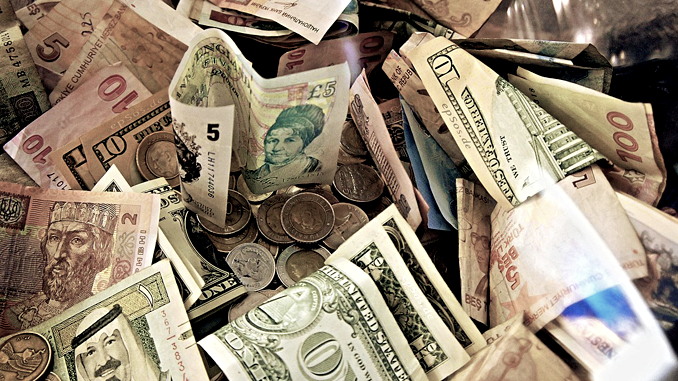
New information about the covid-19 coronavirus has been hitting the news every day. Cases are up dramatically since Monday, with Japan closing schools for a month to try to stem the spread of the disease, a case being reported for the first time in sub-Saharan Africa, Australia readying its pandemic response, and even pets now getting weak positive results, indicating it may be able to be spread through non-human animals.
The global economy was already in the midst of a slowdown and showing signs of possible recession. The U.S. markets in particular were in a bubble mode, having received the benefit of more than a decade of constant stimulus. The low interest rates initiated to deal with the financial crisis of 2008 were continued throughout the Obama Presidency, and President Trump followed with low rates of his own. President Trump applied direct, public pressure to the Fed chairman to demand the rates drop even lower.
The combination of global slowdown and American market bubble came to a head this week, as market analysts saw the first of what are expected to be many waves of dramatically missed earnings estimates. No longer are stocks simply overvalued, but the notion of the United States as a safe haven is being disproven.
It is important to recognize that the markets grow and decline on a non-linear scale. It’s not simply the absolute point value that is important, but the percentages. For this reason, the counterpoint to the fact that this week has seen the largest single-day point drop in U.S. history for the Dow is that it hasn’t even broken the top 20 for single-day percentage drops.
The markets are expected to be further rattled today. The President’s press conferences regarding the government response have engendered concern rather than allayed fears. It has been noted that people who were responsible for pandemic response were fired in 2018 and not replaced, during a series of budget cuts directed by John Bolton. Rear Admiral Timothy Ziemer and his staff were removed shortly after Bolton arrived. At the same time, President Trump enacted a budget which dramatically slashed the budget of the CDC, leading to its international efforts with countries such as China being curtailed.
Now, the response is being further questioned as a person-to-person case without direct transmission origins has been found in California, and a whistleblower report indicates that the Trump administration’s actions may have directed unprotected, untrained personnel to physically interact with infected people being transferred from overseas to domestic quarantine, and then not monitor the government workers in any way. If these reports are accurate, new transmission lines may have already been introduced into California and other states.
The market reactions have been predictable.
On Monday, the Dow lost 1,031.61, from 28,992.41 to 27,960.80. The Nasdaq lost 355.31, from 9576.59 to 9221.28.
On Tuesday, the Dow lost 879.44, from 27,960.80 to 27,081.36. The Nasdaq lost 255.67, from 9221.28 to 8965.61.
On Wednesday, the Dow lost 123.77, from 27,081.26 to 26,957.59. The Nasdaq gained 15.17, from 8965.61 to 8980.78.
On Thursday, the Dow lost 1190.95, from 26,957.59 to 25,766.64. The Nasdaq lost 414.30, from 8980.78 down to 8566.48. Thursday marked the largest ever single point drop in the Dow, the Nasdaq, and the S&P 500.
Initial indications are that Friday is expected to continue the trend, with Dow futures trading down between 100 to 300 points for most of the night, continued dramatic effects to countries involved in American supply chains causing production issues and reports of the administration’s mishandling of the disease coming to light. With the bulk of market related activity being closed over the weekend, there is expected to be concern over the potential for new problems to arise over the weekend.
As bad as the drop is, it has yet to approach the more than 18% drop which was seen during the “bad paper” derivative crisis of 2008, during which people discovered that much of what they had invested in were default-prone debts. On the down side, the market drops so far have mostly been associated with projected coronavirus work stoppages and missed earnings and the slowing economy. When the huge drop occurred in 2008, it was due to revelations that the economy was in a bubble which had been steadily building since Clinton era banking rule changes. Despite the seismic drops this week, the underlying bubble has yet to be addressed.

3 Trackbacks / Pingbacks
Comments are closed.